Extended Reality (XR)
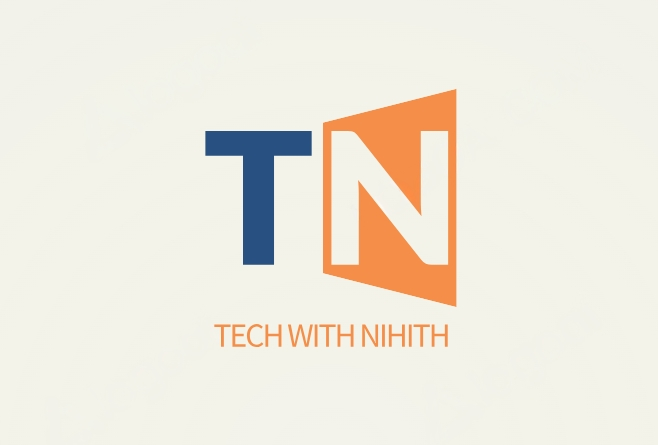 Nihith Yelchuri
Nihith Yelchuri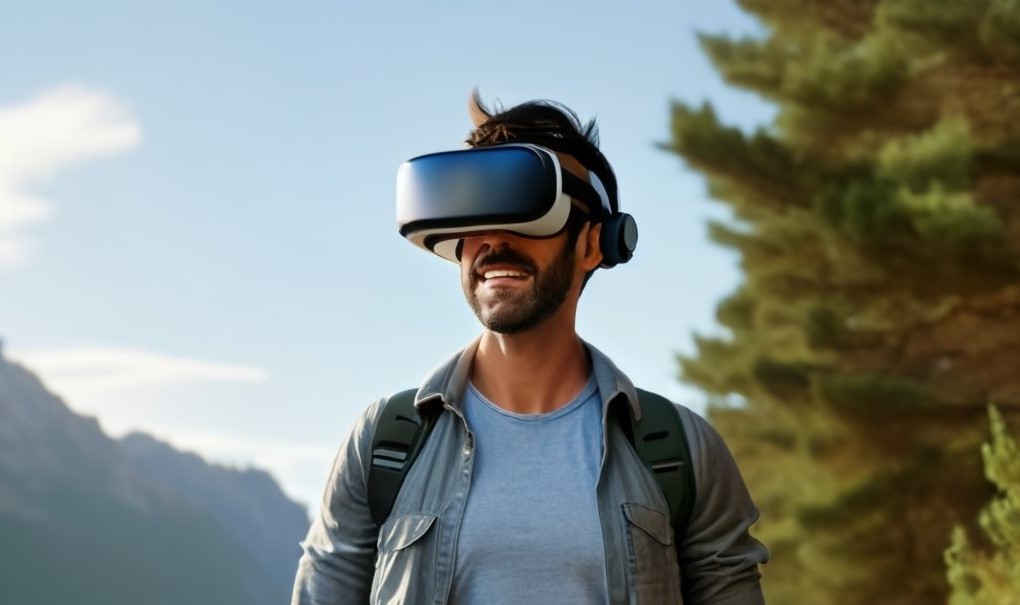
In today's rapidly evolving technological landscape, the term "Extended Reality" (XR) has become increasingly prominent, captivating the imaginations of tech enthusiasts and industry experts alike. XR encompasses a spectrum of immersive technologies that blur the lines between the physical and digital worlds, transforming how we interact with information and engage with our surroundings.
The Spectrum of XR:
Let's now look into the technical aspects behind XR:
XR encompasses three primary domains: Augmented Reality (AR), Virtual Reality (VR), and Mixed Reality (MR). Each domain offers a unique experience that enhances our perception of reality.
Augmented Reality: AR seamlessly overlays digital elements onto the real world, providing an enriched perception of our surroundings. Imagine viewing virtual furniture placement in your home or seeing directions overlaid onto the streetscape before you.
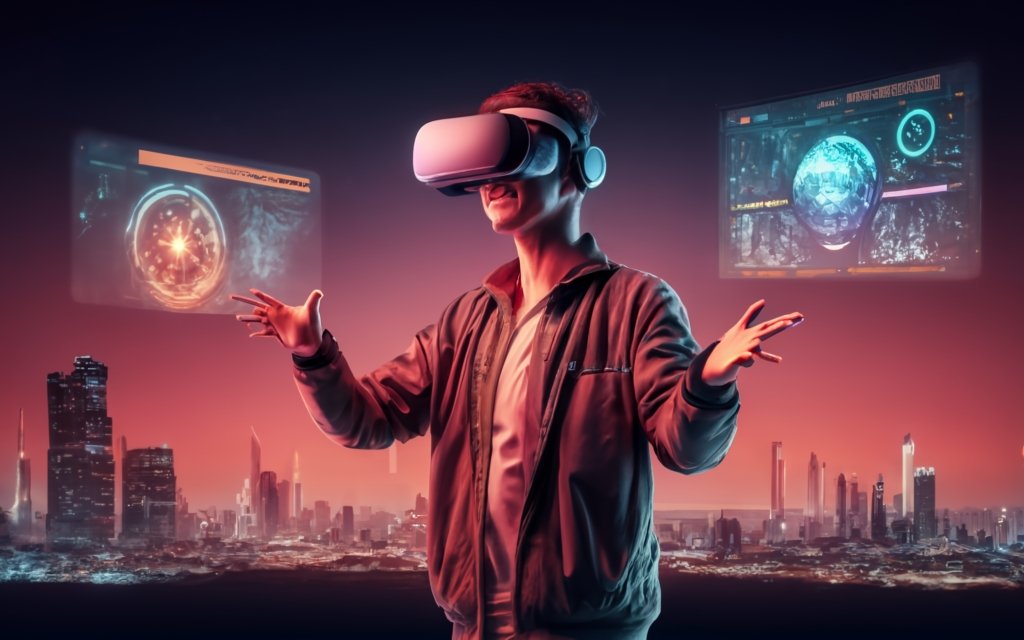
Virtual Reality: VR transports users into entirely digital environments, creating a sense of complete immersion. Imagine exploring virtual landscapes, engaging in interactive simulations, or experiencing training scenarios without leaving your physical location.
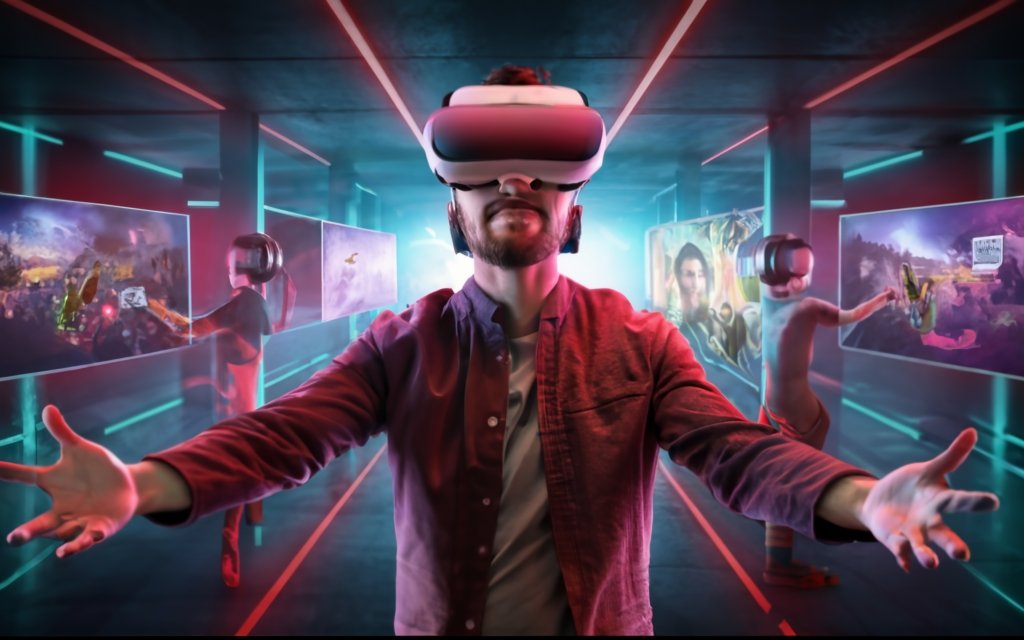
Mixed Reality: MR blends the physical and digital worlds, allowing users to interact with virtual objects as if they were physically present. Imagine collaborating with remote colleagues in a virtual workspace or manipulating virtual models in a real-world setting.
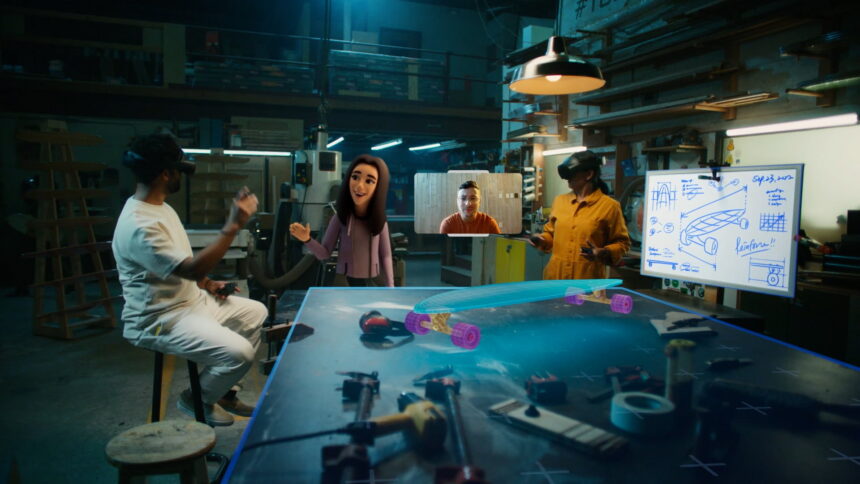
Applications of XR:
XR technologies have the potential to revolutionize a wide range of industries, including:
Education: XR can transform learning by providing immersive experiences, interactive simulations, and personalized instruction. Students can explore historical sites, conduct virtual experiments, or engage in role-playing scenarios.

Healthcare: XR can enhance medical training, improve patient care, and facilitate remote consultations. Surgeons can practice complex procedures in virtual environments, doctors can visualize patient anatomy in 3D, and therapists can provide personalized rehabilitation programs
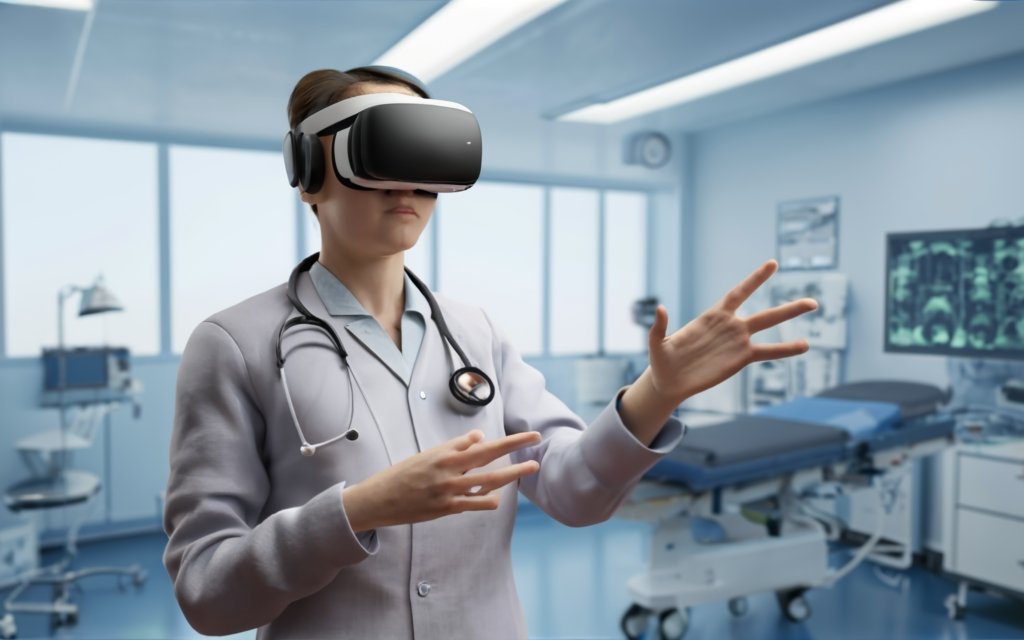
Retail: XR can revolutionize the shopping experience, enabling virtual try-ons, interactive product displays, and personalized recommendations. Customers can virtually wear clothes, place furniture in their homes, or explore products in detail before making a purchase.
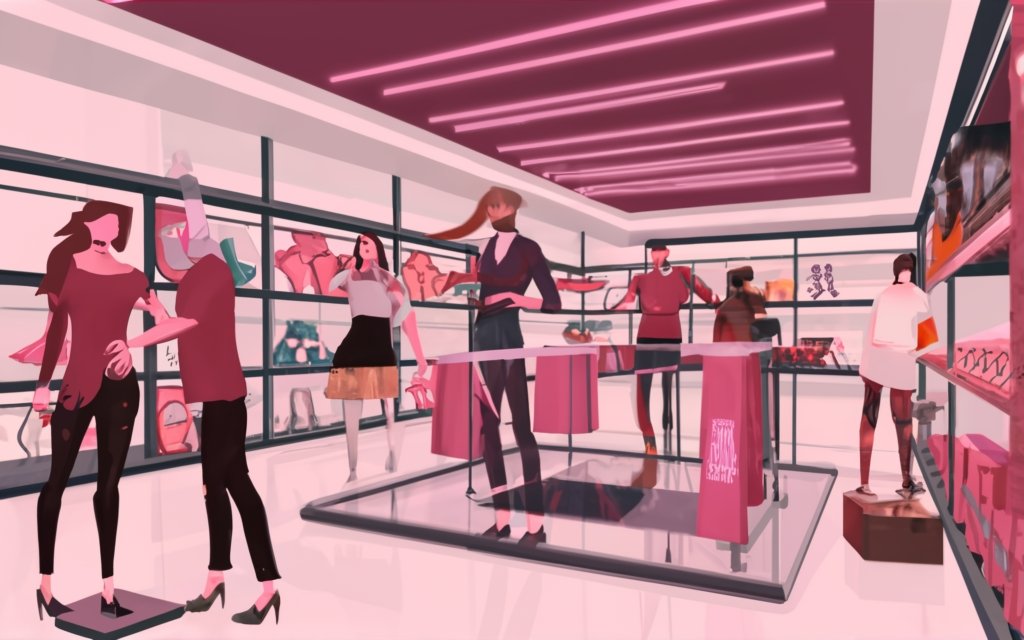
As XR technologies continue to mature, their impact on society is poised to grow exponentially. We can anticipate advancements in hardware, software, and user interfaces, making XR experiences more accessible, immersive, and intuitive. XR will undoubtedly transform the way we learn, work, connect, and experience the world around us.
Conclusion
XR is rapidly evolving and has the potential to revolutionize many aspects of our lives. From education and healthcare to engineering and retail, XR has the potential to make a positive impact on society. As XR technologies continue to develop, we can expect to see even more innovative and transformative applications emerge in the years to come.
Subscribe to my newsletter
Read articles from Nihith Yelchuri directly inside your inbox. Subscribe to the newsletter, and don't miss out.
Written by
